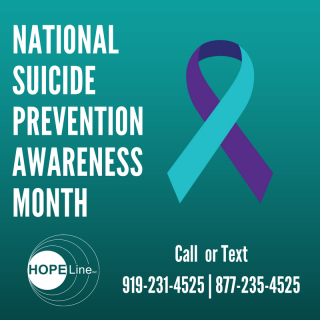The true pandemic
How to prevent suicide, especially in teenagers

With September being National Suicide Awareness month, suicide awareness is highlighted, and this pandemic has affected many in the world.
Today, in this day and age, suicide is truly an issue that plagues the world. Multiple people during the year end up taking their lives. From the World Health Organization (WHO), research shows that every year, around 800,000 people around the world end up taking their lives. Also, from the Centers for Disease Control and Prevention (CDC), 47,511 people in the United States have died from suicide in 2019 alone. Suicide is also the second leading cause of death for people around the world from ages 15 to 24. Suicide is exactly like a pandemic: relentlessly taking the lives of many around the world.
Many teenagers feel as if they’re stuck in this pit of darkness and they will never see the light or the potential joy that will come into their life. The unfortunate truth is that students feel as if the only way to escape this feeling of despair and hopelessness is by taking their own lives. However, this will obviously affect others around them. This causes a vicious cycle of pain in friends, family and peers. Some people are so sick that they are unaware of the pain it may cause others.
There are many ways for teens to get help. Some examples are therapy, talking to people in their life that they trust or as a last resort, they could call the suicide hotline.
Many schools, including the Freedom Area District, have Students Against Destructive Decisions (SADD) or some club similar. SADD is a group in school that talks to students and other schools about ways to prevent destructive decisions, including suicidal thoughts and tendencies.
“We meet with other schools along the district to talk about what we can do to stop bullying. We talk about education programs, therapy and resources to reach out to be able to talk about that stuff and to be able to find healthy ways to cope,” senior Elizabeth Michele said.
There are many reasons why teenagers might feel as if they need to end their life. Bullying, whether it may be online or in person, could be a reason, as well as stress, family life, substance abuse, mental health issues and history of family issues. If one sees someone getting bullied or harassed, helping out or sticking up for him or her could assist in many ways. It may not seem like it, but small actions could save someone.
It may seem near impossible for one to find assistance, but even small things like talking to someone that cares about them can definitely help. Another way one may be able to help themselves is finding coping mechanisms that work specifically for him or her. Seeking therapy or a professional is the best step to do for oneself in a situation where one feels hopeless. Although this is a cliche, everything genuinely does get better.


